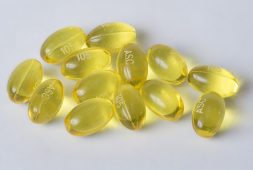Rapid Resting Heart Rate

Just as rapid breathing can be an indicator of pneumonia, so can a rapid “resting heart rate”. The Resting Heart Rate (RHR) is basically the number of times a heart beats in a minute, if the person is rested, meaning not having just engaged in physical activity immediately prior. The normal Resting Heart Rate would differ according to age, and has been established to be in the following ranges:
• Infants to <1 year old: 100 – 160 beats per minute
• 1 – 12 years old: 60 – 110 beats per minute
• 13 years old and older: 60 – 80 beats per minute
If you are familiar with how fast your child’s normal resting heart rate is, and you know that it is beating faster, or if your child’s heart is beating faster than the ranges written above, it is important to know why. Again, you should be checking for resting heart rate, so make sure the rapid heart rate was not just because the child had just engaged in physical activity.
To check for the resting heart rate, assuming you have already established that the child is rested, use your finger beds to feel the pulse on one of the following body parts:
• Inner side of the upper arm, for infants
• The inside of the wrist for 1 year old or older
• The carotid artery (found on the side of the neck) for 1 year old or older
• The temples (side of the head, a bit forward) for 1 year old or older
There are other parts of the body where the heart’s pulse can be felt, but the list above indicates the more reliable parts to check. Count the number of beats for 30 seconds, multiply that by two, and you have the beats per minute.
Just as the rapid breathing is the body’s defense mechanism to compensate for the low oxygen in the lungs, the rapid heart rate is the body’s defense mechanism to compensate for the low level of oxygen that the blood can get from the lungs. Because the blood can get very little oxygen per cycle through the lungs (because that is what the blood does, it cycles through the lungs to pick-up the oxygen from the air in the lungs, the blood distributes the oxygen throughout the body, supplying the muscles and organs with oxygen, and picking up the carbon dioxide to be deposited back into the lungs for exhalation), the body will compensate by getting the heart to pump faster to cycle the blood around faster, thereby distributing what little oxygen the blood is carrying, and then the blood going back for more. The result is the rapid resting heart rate, also called tachycardia.



